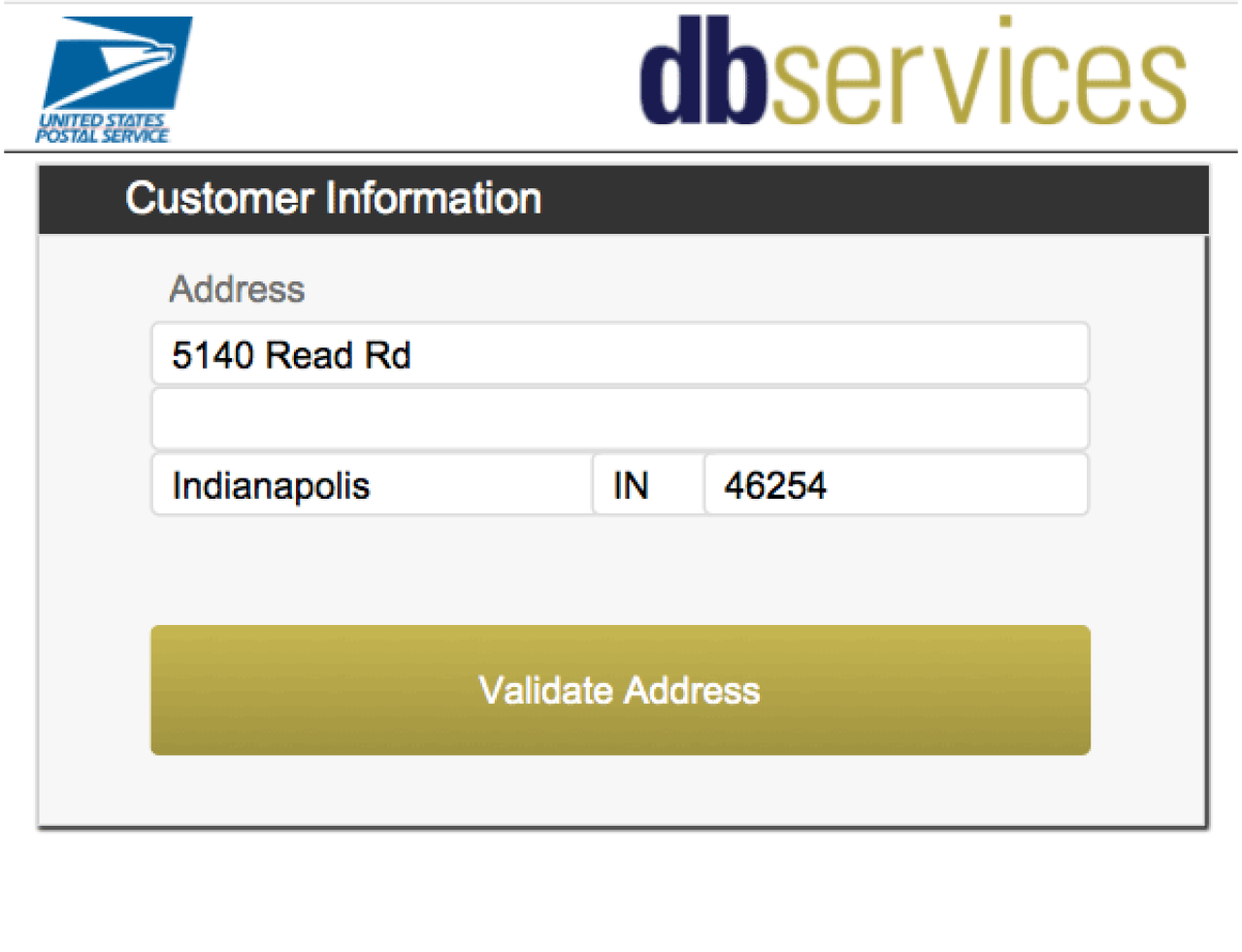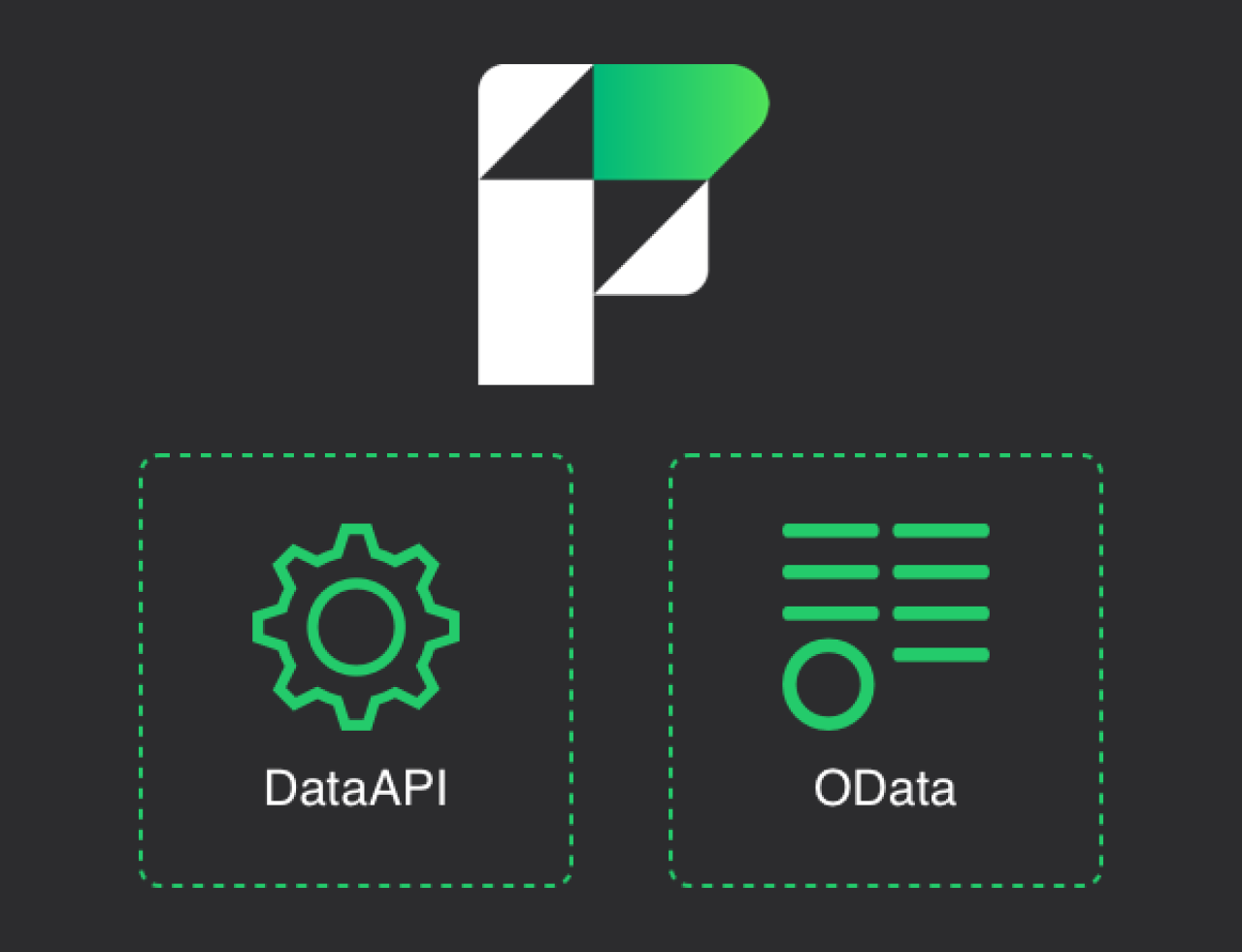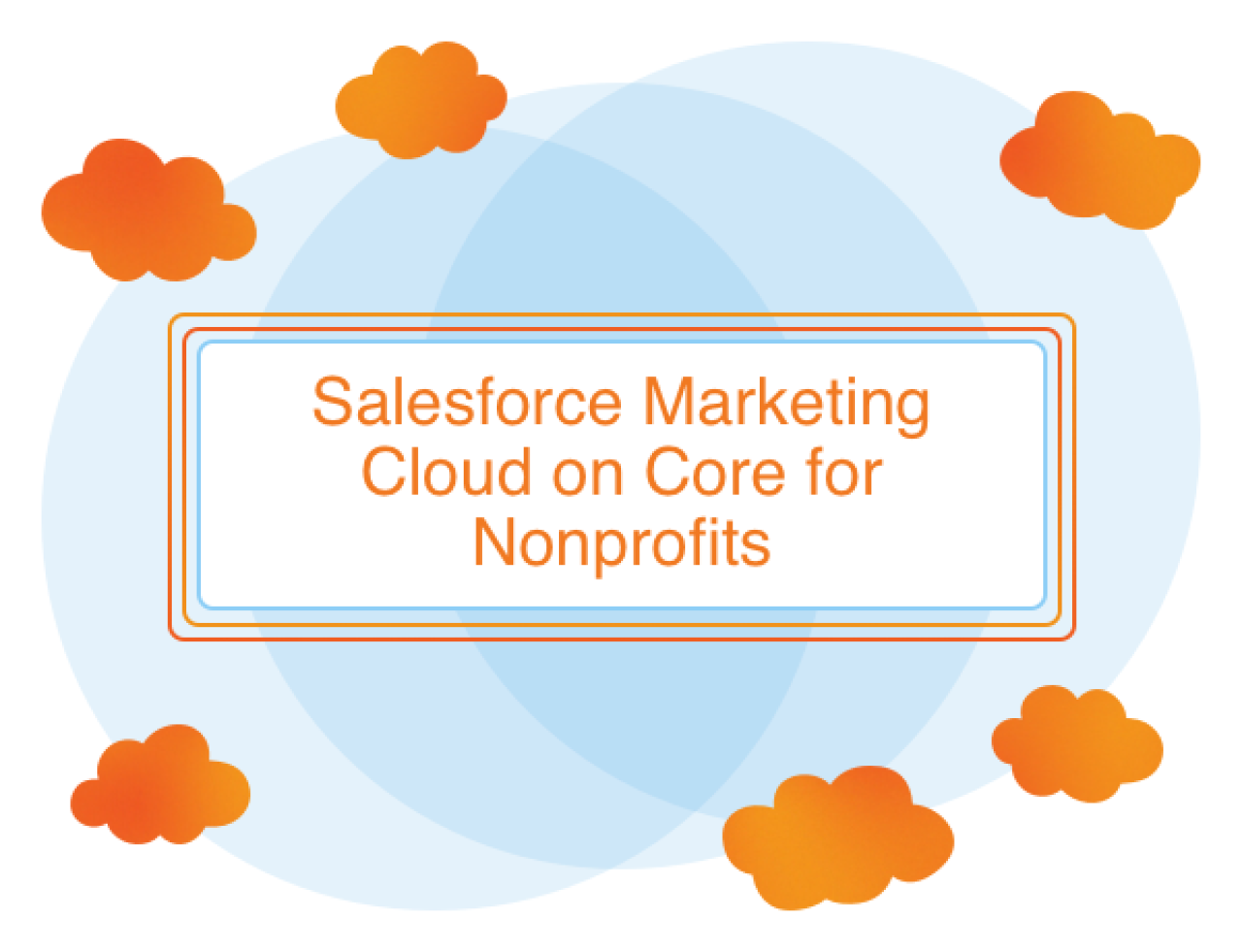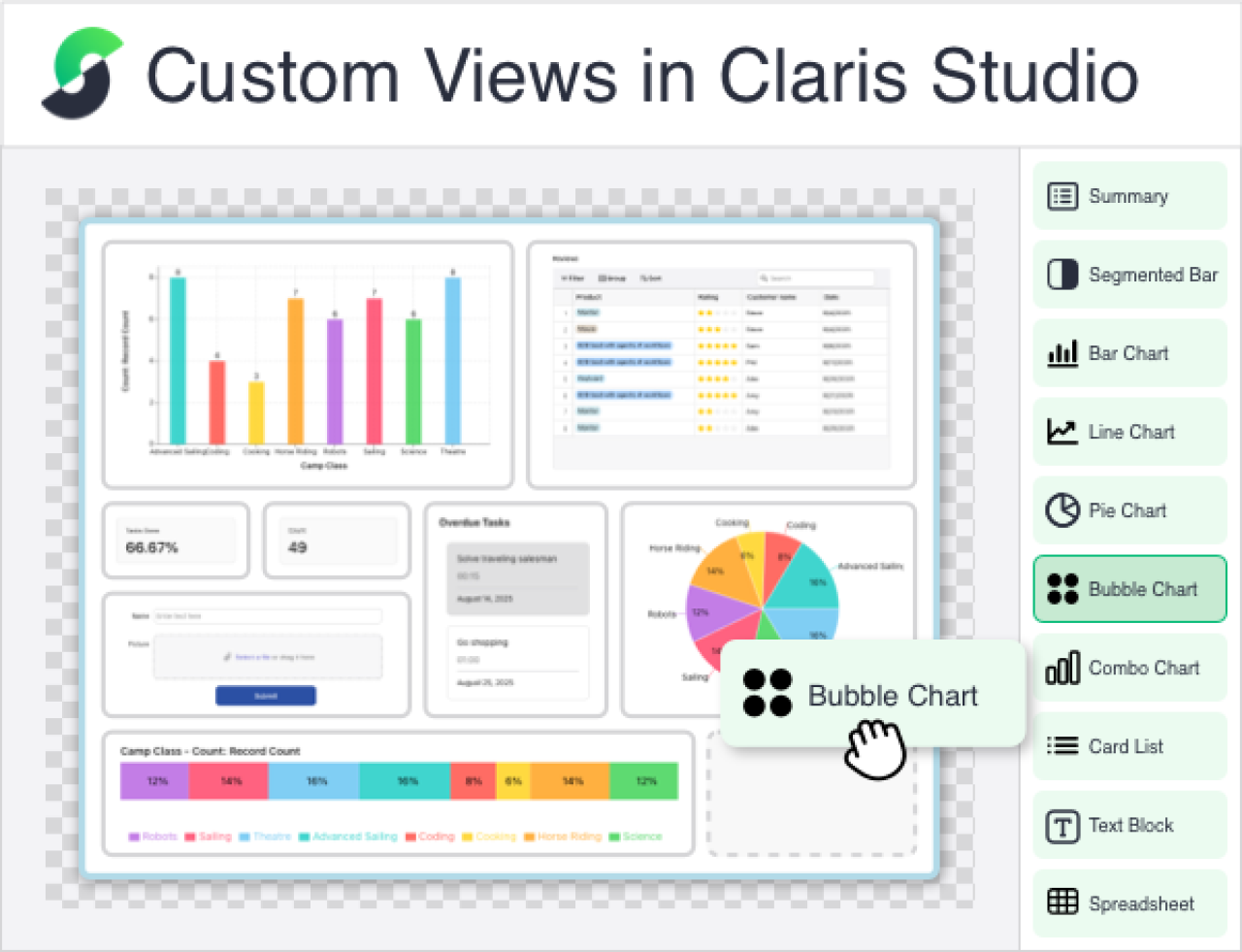

Many professional services firms are adopting artificial intelligence (AI) as a strategic tool to enhance service delivery, streamline operations, and stay competitive while maintaining the human expertise that defines their value. With client expectations rising and market competition intensifying, finding the right balance is more important than ever.
As AI technology continues to advance rapidly and affect nearly every industry around the world, you may be wondering: What is the optimal balance between AI and human expertise? This guide explores how firms can implement AI technologies effectively while still preserving professional judgment, personal relationships, and client trust.
It's important to first think about what problem you are trying to solve with AI. If you are just wanting to implement AI but don't have a specific problem you are solving for, you will likely not find much success. Try to identify opportunities where you could automate repetitive manual tasks, like reviewing and summarizing long documents, time tracking and billing, or providing customer service with a chatbot, for example. Automating these tasks using AI can help your business scale and grow.
How AI Transforms Professional Services
Artificial intelligence is quickly transforming the professional services industry by enhancing the way firms deliver value to clients. According to Deloitte's 2024 year-end Generative AI report, using AI software to handle repetitive tasks like routine analysis and documentation can reduce processing times by up to 70%, allowing employees to focus on higher-value activities. This leads to better resource management, greater accuracy, and improved customer experiences.
Automated Documentation: AI extracts key information from documents, improving accuracy by 45%, according to a technology insights report by PwC.
Predictive Analytics: Identifies potential issues proactively, with 83% of firms reporting improved risk assessment, according to KPMG's 2024 global tech report.
Workflow Automation: Reduces administrative burden by up to 40%, according to Accenture's Technology Vision report.
Benefits and Challenges of Using AI
Benefits
From automating routine tasks to uncovering deeper business insights, AI offers advantages that can help firms stay competitive, improve service quality, and free up professionals to focus on higher-level strategic work. Some of the key benefits to using AI include:
Enhanced Efficiency: Automating administrative tasks like data entry can save an average of 15 hours per week per person, according to Gartner's Top 10 Strategic Technology Trends for 2023.
Improved Accuracy: According to the MIT Sloan Management Review, errors in repetitive processes are reduced by up to 73%.
Data-Driven Insights: Enabling deeper analysis leads to 67% improved decision quality, according to the Harvard Business Review.
Challenges
While AI can greatly enhance operations, it also presents challenges that firms must navigate carefully. AI systems often struggle with tasks requiring nuanced judgment, contextual understanding, and human empathy: skills that are critical in many professional service scenarios.
Over-reliance on AI can lead to subpar outcomes, especially in complex client matters where a human touch is essential. AI lacks the professional judgment and context awareness that come with human intelligence. According to a Stanford University study, over-automation risks underserving clients, especially for complex matters requiring judgment and empathy.
Strategic Framework for AI Integration
Successfully implementing AI in the professional services sector requires a thoughtful, strategic approach. Rather than fully automating every aspect of service delivery, leading firms are integrating AI to enhance, not replace, human expertise. A balanced framework ensures that automation drives efficiency while preserving the personalized, high-value aspects of client service. It's also important to first identify problems you want to solve using AI. Key components of this strategy include:
Automation Allocation
Determining what to automate and what to leave in human hands is crucial for sustainable AI adoption. Routine, repetitive tasks such as document review, research, and data processing are ideal candidates for automation, freeing up people to concentrate on work that demands creativity, critical thinking, and emotional intelligence. At the same time, areas like strategic planning, relationship building, and complex problem-solving should remain firmly within human control to maintain trust and deliver nuanced expertise.
Automate: Document review, research, data processing
Keep Human: Strategy, relationship building, complex problem-solving
If you’re looking for ways to supercharge your Claris FileMaker system and drive innovation with AI, check out our on-demand webinar: AI Innovation in Claris FileMaker.
Technology-Enhanced Client Journey
Integrating AI thoughtfully into each stage of the client journey can significantly improve both efficiency and client satisfaction. In the initial engagement phase, AI can handle basic intake processes, such as gathering preliminary information, while professionals focus on building rapport and understanding client needs. During service delivery, AI can support professionals with automated analyses, enabling faster and more accurate insights that are then interpreted and applied by experts.
Automate: AI-powered intake, analysis
Keep Human: Professional consultation, expert interpretation
Research by Forrester indicates this hybrid approach increases client satisfaction by 34%.
Want to learn how using AI in Salesforce can maximize the impact of a nonprofit organization? Check out our on-demand webinar: Empowering Nonprofits with Salesforce AI.
Implementation Steps
Turning an AI strategy into reality requires a structured implementation plan. Professional services companies must thoughtfully analyze each phase to ensure that AI tools are adopted effectively and deliver real value. The essential steps include:
Assessment: Identify the problem you are trying to solve (work that wastes time or repetitive tasks that could be automated)
AI Strategy: Create an AI roadmap, review and update quarterly
Training: Ensure professionals can leverage new tools
Client Communication: Explain how technology enhances service
Conclusion
The best results come from blending AI with human expertise. By automating routine tasks, people can focus on higher-value work, delivering better insights and stronger client relationships. AI shouldn't replace experts; it should help them do their jobs even better. Firms that approach AI adoption thoughtfully by prioritizing training, clear communication, and a strategic integration plan will be best positioned to thrive.
Keep in mind that strategic AI implementations commonly align with company goals. We often find that pinpointing work that wastes time or repetitive tasks are good places to begin when choosing where to start implementing AI. In addition, we want to note that we believe it's critical for professional services professionals to learn how to utilize AI properly rather than be afraid of it. Those who don't learn to utilize it will likely be left scrambling while other organizations experience growth and improved outcomes.
Ready to Transform Your Professional Services?
Want expert guidance on implementing AI-powered strategies? DB Services can help craft an AI Roadmap for your organization. Contact DB Services today to discuss your AI Roadmap Assessment.
We Improve. We Scale. We Execute.
Contact us to discover how we can help with your digital transformation!





